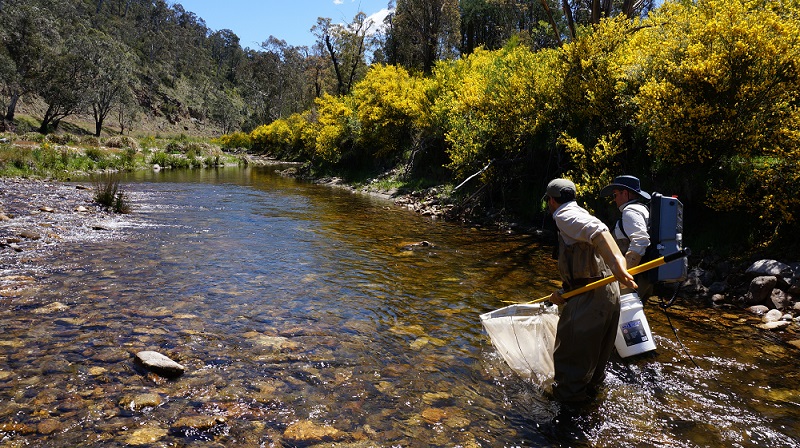Environment Protection Authority Victoria (EPA) has today published the results of a study which sheds new light on popular waterways impacted by historical gold mining practices.
The study, Mercury and arsenic in Victorian waters: a legacy of historical gold mining, measured mercury and arsenic in sediments from Avoca River, Big River, Buckland River, Coliban River, Livingstone Creek, Loddon River, Ovens River, Sailors Creek and Thougla Creek.
Most waterways tested contained levels of mercury that were unlikely to pose a risk to human health and did not warrant further testing. The levels were below those that indicate probable ecological risks under the Australian and New Zealand Guidelines for Fresh and Marine Water Quality.
Three waterways required further testing, namely Big River, Sailors Creek and the Loddon River.
EPA caught and tested fish and yabbies from all three waterways and found:
- Elevated levels of mercury in fish from Loddon River, between Laanecoorie Reservoir and Bridgewater, triggering the need for a human health risk assessment.
- Detectable mercury in fish from Big River and Sailors Creek, but below the maximum levels required to trigger a human health risk assessment.
Arsenic was found in all three waterways, but at levels that do not trigger human health concerns.
EPA Applied Sciences Group Manager Dr Anthony Boxshall said that only the Loddon River mercury results required a health advisory about the consumption of fish.
“The results of this study are a reminder that the way we care for our environment today, and the type of pollution we generate, has a lasting impact on future generations,” Dr Boxshall said.
“A big part of EPA’s role is dealing with legacy pollution, including on land and in our waters,” he said.
“Following the study, EPA has worked closely with the Department of Health and Human Services (DHHS), which has issued health advice about safely eating fish from Loddon River.”
EPA focused on historical gold mining regions because decades of poor mining practices following the 1850s gold rush led to mercury and arsenic polluting many Victorian waterways.
The study’s final report is available at www.epa.vic.gov.au or by clicking here.

Photo: EPA officers using electrofishing equipment in Big River. Electrofishing was used to temporarily stun nearby fish for a few seconds, allowing them to be netted for analysis.